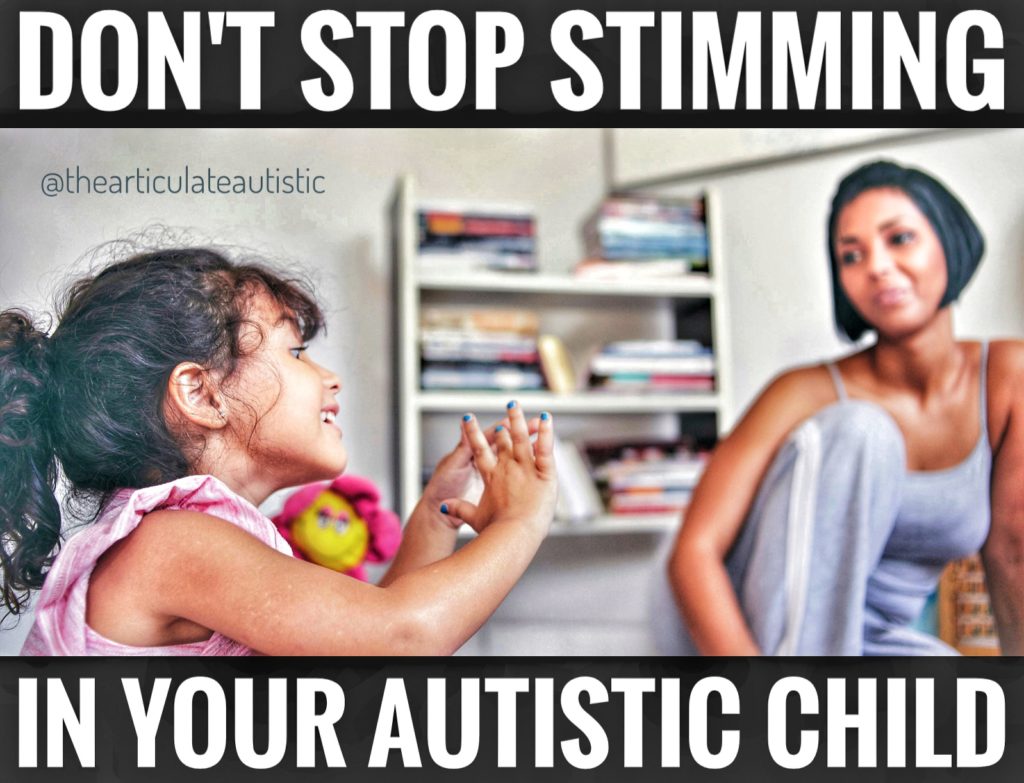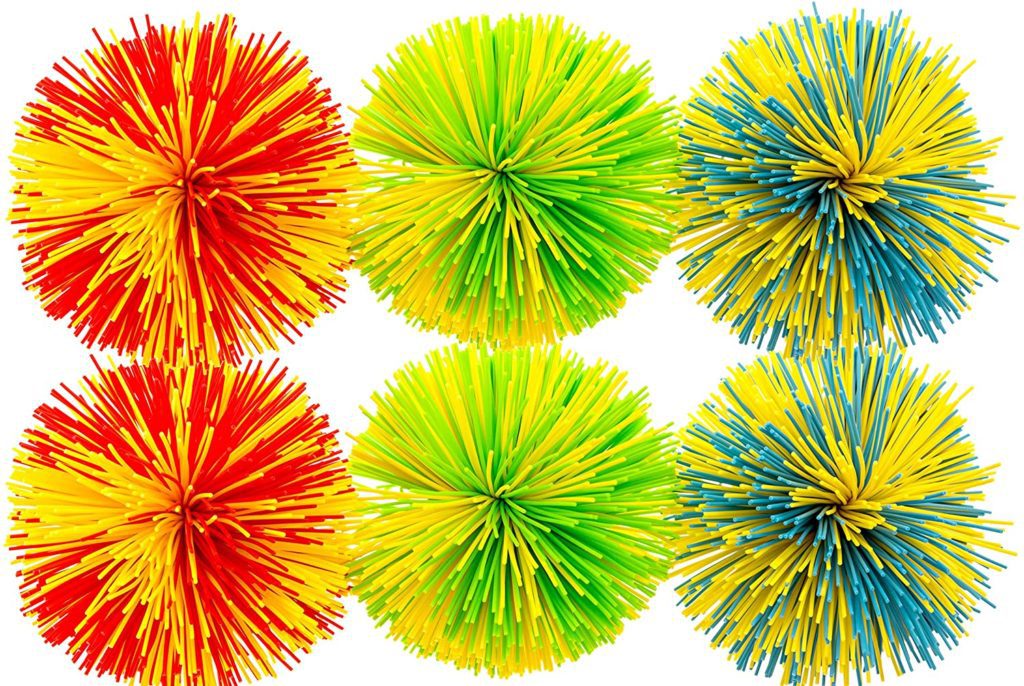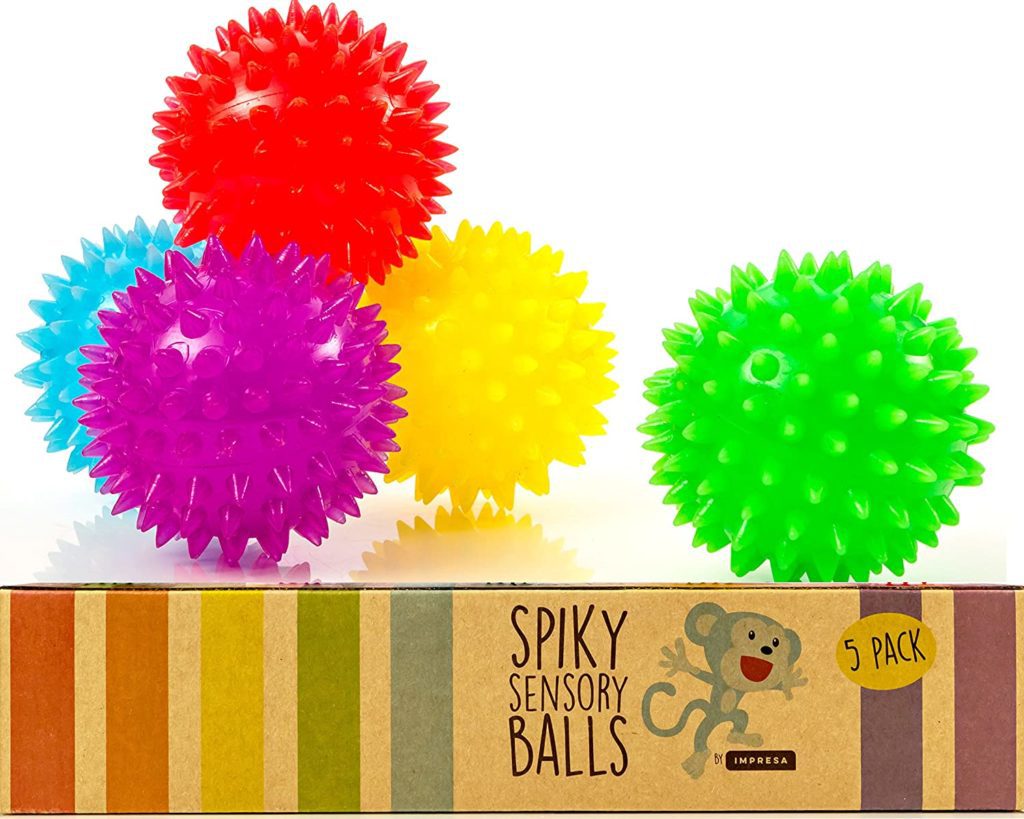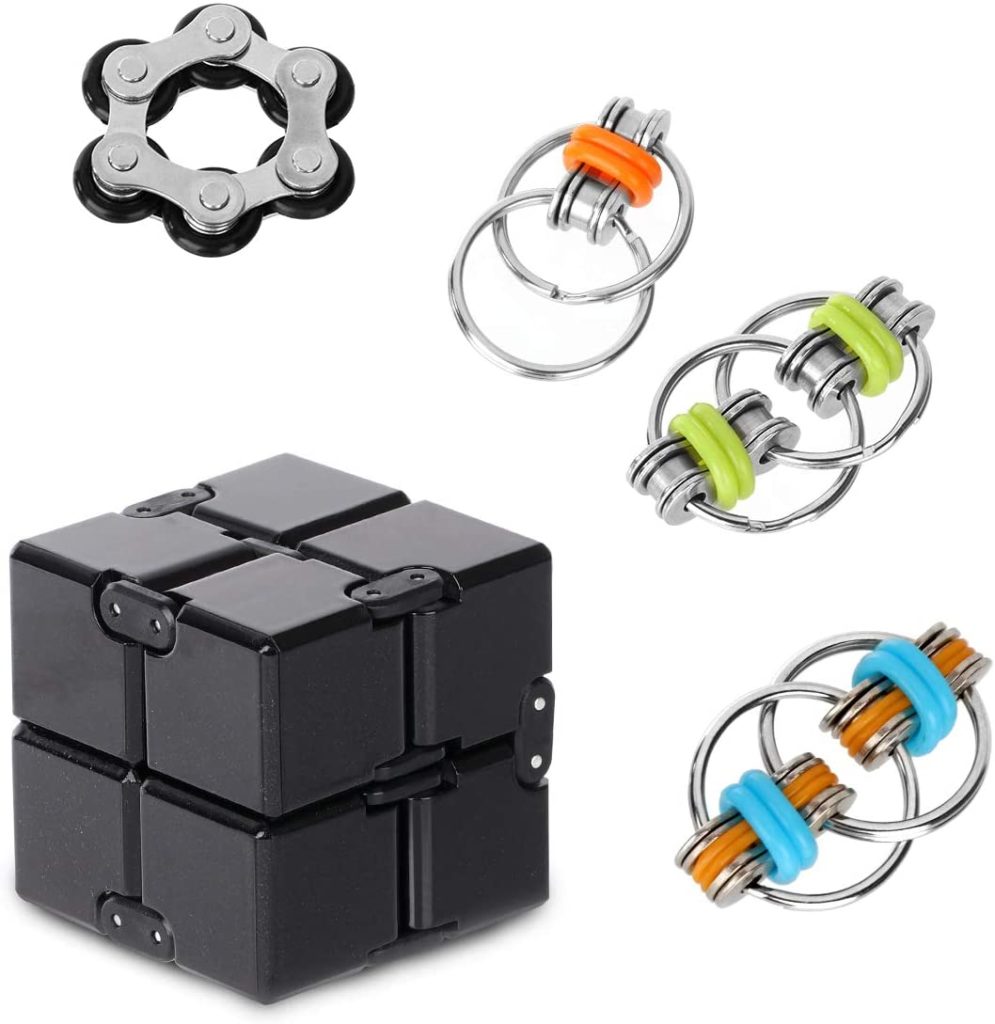Why You Should NOT Prevent an Autistic Child From Stimming

“Stimming” refers to a wide variety of self-stimulating and self-soothing behaviors that autistic people of any age may exhibit when experiencing sensory overload or high levels of anxiety.
Stimming can include repetitive motions such as hand flapping, rocking, repetition of words or phrases (echolalia), vocalizations, or even the repetitive movement of objects.
Stimming can be confusing to some neurotypical people and perceived as something to be eradicated or controlled, and while it may seem alarming or strange to those who have never experienced it before, these repetitive behaviors serve a very important purpose for the autistic person.
Stimming happens for a variety of reasons, but primarily because autistic people are at times sensory-avoiding or sensory-seeking in relation to the world around them, or they may feel anxious or excited. Stimming can reduce sensory overload and anxiety in a positive way, and it can change depending on the person, situation, and need.
Neurotypical People Stim, Too!
Many neurotypical daily patterns of behavior and routines produce the same results as a stim, an increased feeling of calm and well-being, and a release of built-up pressure.
Whether it is impulsively tapping your feet on the floor while taking an exam, sighing in exasperation when your train is delayed, or twirling your hair nervously around someone you’re attracted to.
These natural forms of self-expression are the same as a stim, but much more accepted socially and unlikely to be commented on.
A neurotypical person may be able to control or minimize their need to express themselves through these behaviors, but for an autistic person, it is an absolutely necessary outlet, and removing or restricting the ability to stim can cause a great deal of stress and discomfort.
Why Does Stimming Feel So Good?
Bring to mind the idea of a pot of water boiling on the stove. When it starts to boil over, you would not just leave it to continue to do so; you would either turn down the heat (changing the environment) or take off the lid of the pot, reducing the pressure and calming the frantic boil.

This act of “taking the lid off” is what stimming achieves for autistic people; a sensation of release and a reduction in pressure from the stresses of their environment at that moment.
The stim may also provide gentle, consistent stimulation in an individual who is under-stimulated or counteract an overstimulating event, or simply help the individual regulate their sensory environment and/or emotions.
It also allows the autistic mind to focus only on the stimming sensation, blocking out any potentially unpleasant or unbearable stimulation that may be causing immediate distress.
Psychologically, having a coping mechanism to enable the autistic person to process their world is a fantastic thing; the problem is that, depending on the stim used, it can become a socially-isolating experience for those who are unaware of the purpose it serves.
When Stimming Behavior Should Be Examined
While regular or even daily stimming is largely typical of people on the spectrum, there are times when stimming will be a sign of distress that needs to be further looked into.
For example, if a stimming behavior increases significantly, this may be an attempt to communicate a high level of anxiety and/or discomfort. If this is the case, it’s important to look at the environment and see what needs to be altered to reduce the sensory strain being experienced.
What may be an imperceptibly small environmental change (temperature, routine changes, different sensory stimulus, etc.) to a neurotypical person is as loud and uncomfortable as a fire alarm to autistic people.
This is why the neurotypical person should do some investigation and examination into the environment and see what may have changed that could be causing distress, especially if the autistic person is unable to explain the problem.
What If Stimming Becomes Self-Injurious?
Some believe that stimming is undesirable and that the urges to stim should be discouraged or redirected.
However, unless the autistic person is causing direct harm to themselves or others, stimming should be encouraged until the autistic person can stop naturally on their own.
If stimming does become injurious to the autistic person themselves or others around them, redirecting the behavior towards the use of stim toys can help relieve tension and stress while preventing injury.
Stim Toys Offer Comfort and Discretion for Autistic Individuals

While stimming is a perfectly natural form of self-expression and emotional regulation for autistic individuals, some of these behaviors may draw unwanted attention and/or scrutiny in public situations. Looks, comments, and questions can further exacerbate anxiety and worsen distress.
This is where stim toys come in. These toys offer the comfort and emotional regulation the autistic person needs while avoiding drawing unnecessary attention to the behavior.
There are many sensory toys available that can be used discreetly if required, to give the stimulation needed but with a lower level of visibility.
Remember, embrace the stim! This is a healthy, natural coping mechanism and method of self-expression for autistic people that should be encouraged, not stifled.
Looking for fun and comforting stim toys for yourself or your autistic loved one? Click on the images below to shop these sensory products!









3 Responses
[…] Motion is essential to our emotional processing and helps us express our feelings. We stim: tap, dance, flap, bounce, spin, rock, and wiggle, in order to stay in touch with our Inner Selves and our intense emotional world. When we are not allowed to do these things, we shut down on the inside and outside. […]
[…] do not stop your child from stimming if the stims are not harmful. Stopping stimming in an autistic person can cause emotional […]
[…] Why You Should NOT Prevent an Autistic Child From Stimming […]